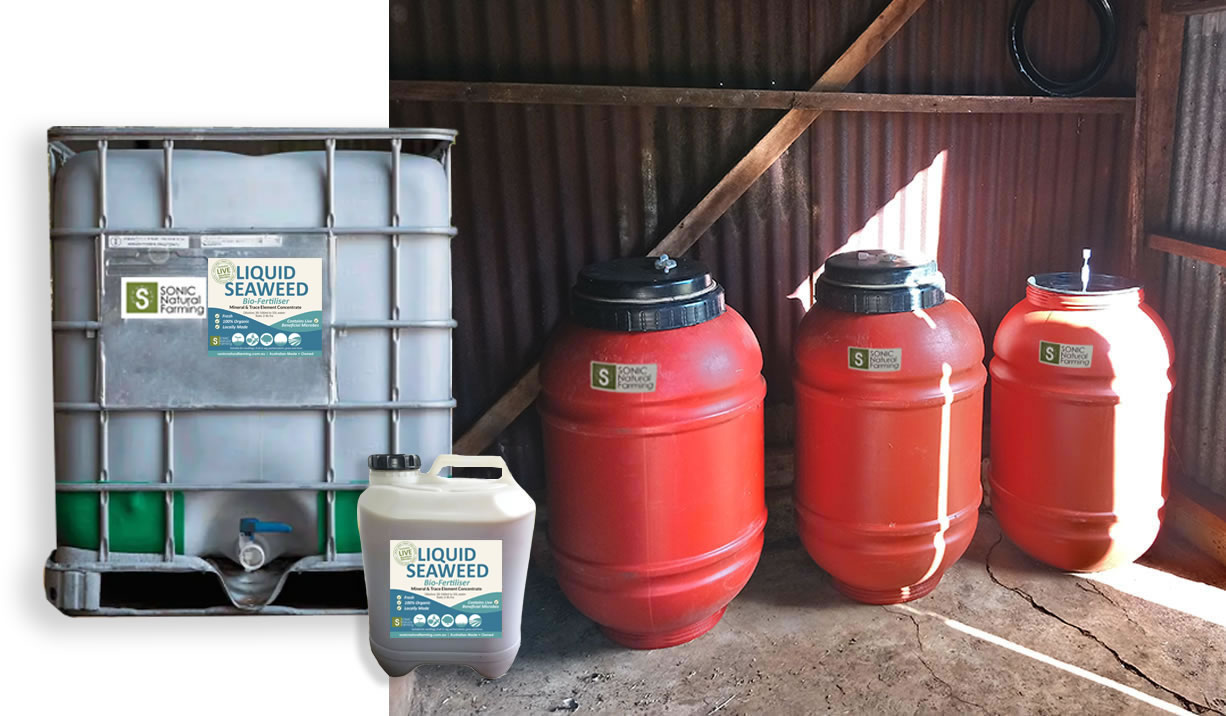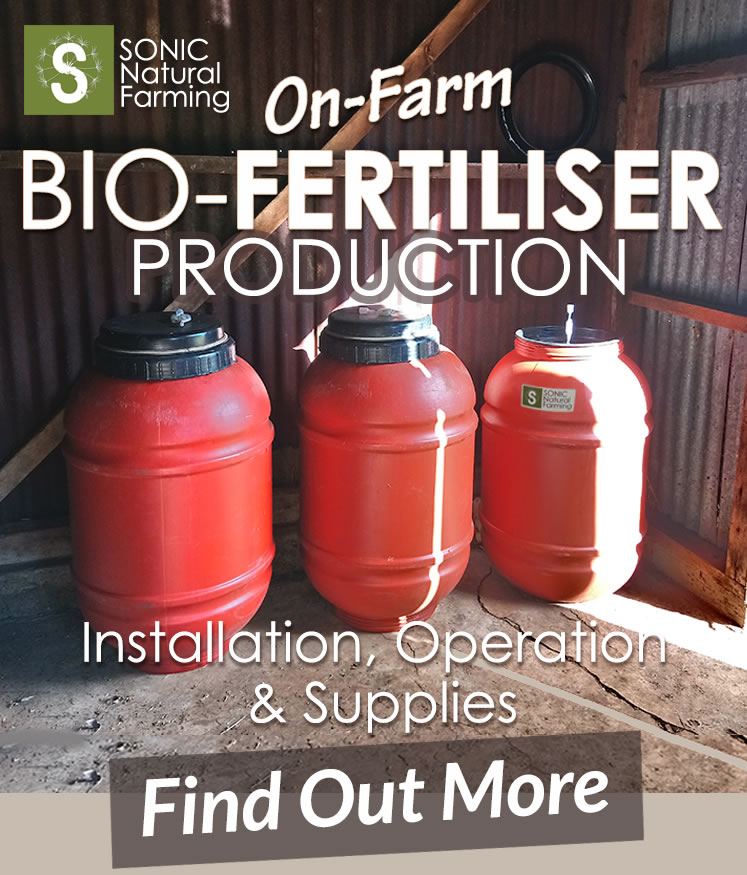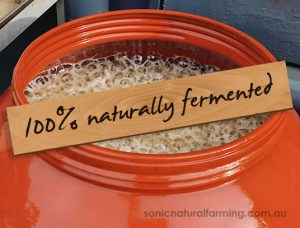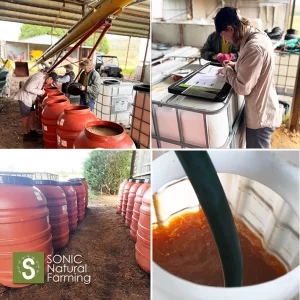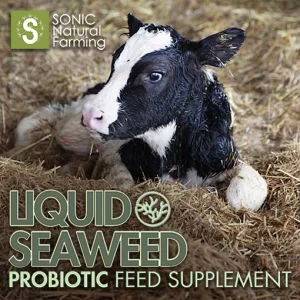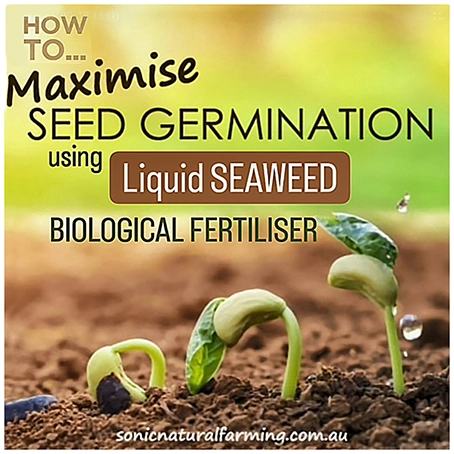Livestock farmers are turning to innovative solutions to tackle the challenge of odour in animal enclosures. By harnessing the power of beneficial microbe formulas, they can not only reduce unpleasant odours on the farm, but can also promote a healthier environment for their animals.
These specially formulated microbes play a crucial role in inoculating animal droppings, leading to faster breakdown processes. As a result, there is a significant reduction in odour production, creating a more pleasant and hygienic space for both animals and farmers alike.
By incorporating these beneficial microbe formulas into their daily operations, livestock farmers are demonstrating a commitment to sustainable and eco-friendly practices. This proactive approach not only enhances the overall well-being of their animals but also contributes to a cleaner and more harmonious farming environment.
2 Ways To Reduce Odours in Livestock Enclosures
Beneficial microbes play a key role in breaking down organic matter, such as animal waste, into simpler compounds that are less odorous. Here are 2 ways that farmers can implement beneficial microbes into their farming practices.
1. Inoculate Droppings with Beneficial Microbes
By spraying animal droppings with beneficial microbes, farmers can effectively reduce odours on their farms. These microbes help accelerate the decomposition process of the droppings, which in turn leads to a decrease in odour levels within enclosures such as poultry houses.
The use of beneficial microbes offers a natural and environmentally friendly solution to combat unpleasant odours on farms. By breaking down organic matter more efficiently, these microbes help to minimise the release of foul-smelling gases that contribute to the overall odour problem.
Farmers can benefit from incorporating this innovative approach into their farming practices as it not only helps in reducing odours, but also promotes a healthier and more pleasant environment

2. Feeding Animals with Liquid Seaweed activated with Beneficial Microbes
Feeding animals Liquid Seaweed activated with beneficial microbes is a sustainable and effective method to combat odours on the farm. The unique combination of seaweed’s natural properties and the beneficial microbes’ action can have multiple benefits for both the animals and the environment.
By incorporating liquid seaweed with beneficial microbes, or probiotics, into animal feed, farmers can help improve digestion in animals. This improved digestion process can lead to better nutrient absorption, which in turn can result in reduced odour emissions from animal waste.
In addition to addressing odour issues, this approach also supports overall animal health and well-being. The natural properties of seaweed provide essential nutrients and minerals that can contribute to the animals’ overall health, while the beneficial microbes aid in maintaining a healthy gut flora balance.
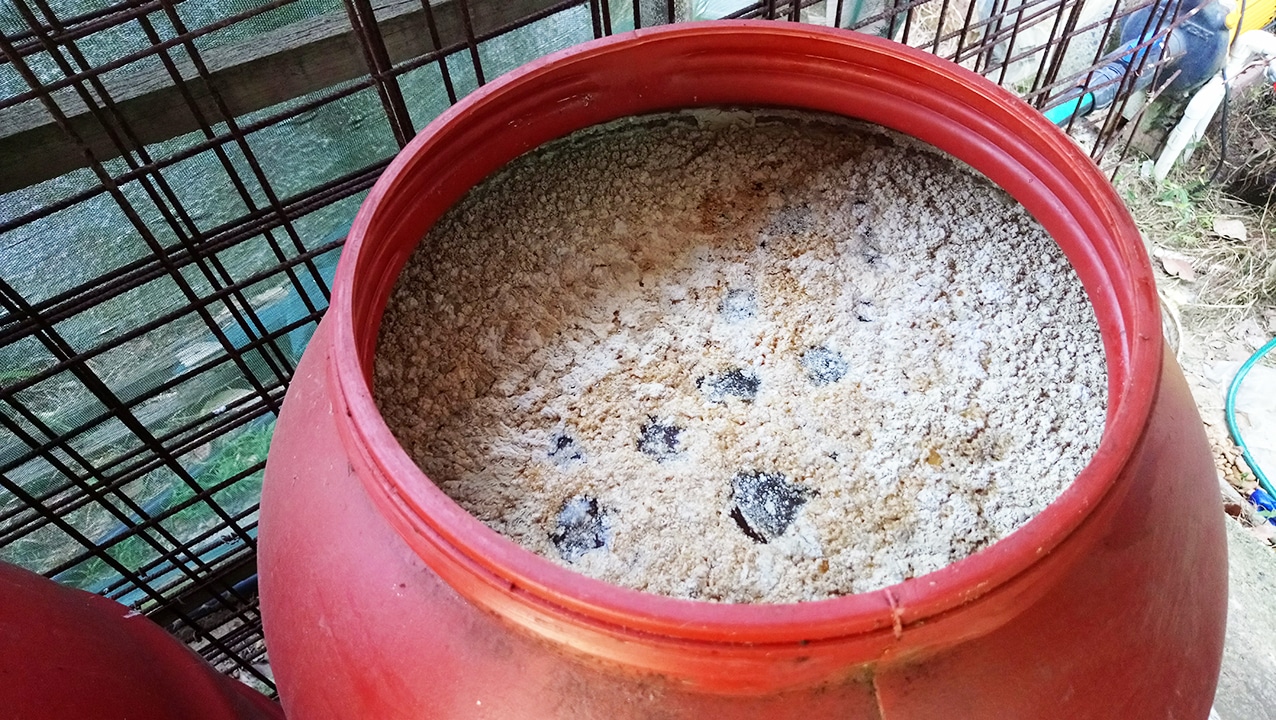
Organic Fertilisers don’t have to Smell Bad to be Effective
Another approach to reduce odours on the farm is by using cold processed Biological Fertiliser. Biological fertilisers are made using beneficial microbe formulas, made up of millions of friendly bacteria. These beneficial microorganisms dominate the decomposition of organic materials such as fish and seaweed, speeding up the breakdown and subsequently minimising the rotten smell often associated with organic fertiliser.
Easy on the Nose Fish Hydrolysate
Fish hydrolysate, for example, is a liquid derived from fish, which has gained popularity in various industries due to its numerous benefits. One key advantage of fish hydrolysate is its low odour compared to fish emulsions.
Fish emulsions are commonly used as organic fertilisers or soil amendments. However, one drawback of fish emulsions is their strong and unpleasant odour. This can be off-putting for users, such as farmers, and their neighbours, who prefer a more pleasant working environment, or for those who are sensitive to strong smells.
In contrast, fish hydrolysate offers a solution to this issue. The process of producing fish hydrolysate involves breaking down the fish into smaller molecules through a cold biological fermentation process. This results in a liquid that retains the beneficial nutrients and compounds found in fish, but with significantly reduced odour.
The low odour of fish hydrolysate makes it more appealing for use in various applications. It can be used as a foliar spray, soil drench, or added directly to irrigation systems without causing any unpleasant smells. This makes it an ideal choice for agricultural use, landscaping projects, and even home gardening where maintaining a pleasant environment is important.
Low Odour whilst Highly Effective
Furthermore, the reduced odour of fish hydrolysate does not compromise its effectiveness as a biofertiliser or soil amendment. It provides essential nutrients such as nitrogen, phosphorus, and potassium along with trace minerals and amino acids that promote healthy plant growth and increased crop yields.
Using fish hydrolysate as a fertiliser, compared to fish emulsions, is a preferred choice for those seeking the benefits of liquid fish-based products without the strong smell associated with traditional options. Its versatility and effectiveness make it an excellent option for various applications in agriculture and gardening alike.
Overall, embracing the power of beneficial microbes is not just about combating odours; it’s about revolutionising the way we interact with our surroundings. Through conscious choices and innovative solutions, farmers are paving the way towards a brighter and more environmentally friendly future.
RELATED EXTERNAL LINKS
What are Beneficial Soil Microbes? – Informational Videos



